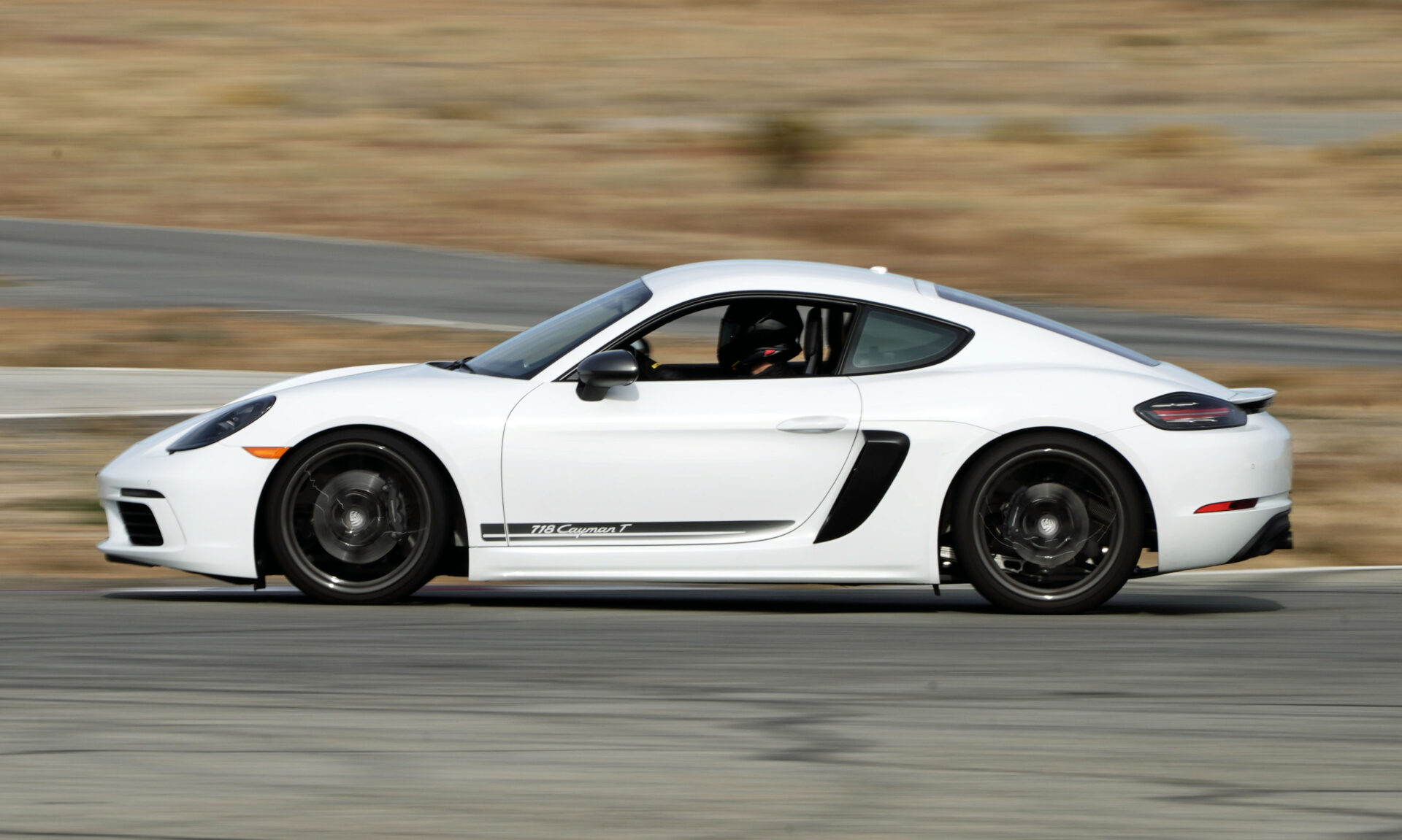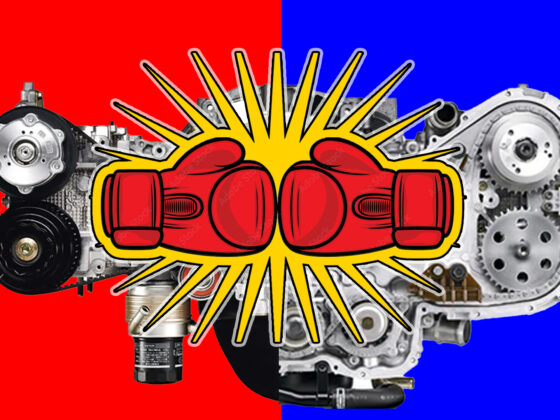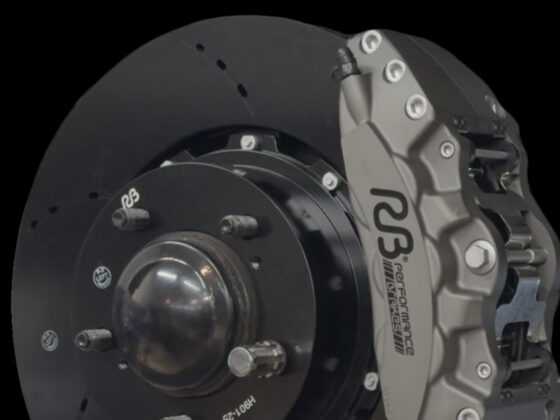With 1400 miles on the car, the engine exercised through its full load and rpm ranges, and two oil changes in, I thought it was time to do some track time. With the Cayman being my first mid-engine car, I need to learn how to drive this thing. My first track car was my FWD Nissan SE-R. Then I went to an AWD Evo 8 followed by the RWD S2000. I drove Caymans at the Porsche Experience Center Los Angeles a couple times, but that was more having fun rather than really getting to learn and push the car. Plus, I wanted to see how all the car’s systems held up stock.
 Porsche Experience Center Los Angeles has a cool thing where Porsche owners can take their own cars on the track during the afternoon of the third Thursday of each month. I was able to access the main road course, the auto-x section, the kick plate, and the wet hill. You are assigned an instructor and Mike Kang of CounterSpace Garage showed me the ropes for the afternoon. He also happened to be my instructor way back when I drove a Ferrari 458 at Exotics Racing. The format is lead-follow, so Mike was in the yellow Cayman. Everyone started off on the auto-x course and it was my first time launching the car. I’ll tell you what, doing a hard launch in this car is not the easiest thing because there’s not much feel in the clutch pedal; I guess that’s how F1 drivers feel actuating the clutch with a lever on the steering wheel. Every day driving moving away from a stop is no big deal as the 2.0L turbo has plenty of torque and good throttle response off idle, but trying to modulate cleanly at higher loads is taking some practice. Anyway, first launch, I bogged it a bit. The second launch, I feel I got it down pretty good slipping the clutch at around 4k rpms, but it felt super abusive on the clutch. I don’t plan on hard launching the car again.
Porsche Experience Center Los Angeles has a cool thing where Porsche owners can take their own cars on the track during the afternoon of the third Thursday of each month. I was able to access the main road course, the auto-x section, the kick plate, and the wet hill. You are assigned an instructor and Mike Kang of CounterSpace Garage showed me the ropes for the afternoon. He also happened to be my instructor way back when I drove a Ferrari 458 at Exotics Racing. The format is lead-follow, so Mike was in the yellow Cayman. Everyone started off on the auto-x course and it was my first time launching the car. I’ll tell you what, doing a hard launch in this car is not the easiest thing because there’s not much feel in the clutch pedal; I guess that’s how F1 drivers feel actuating the clutch with a lever on the steering wheel. Every day driving moving away from a stop is no big deal as the 2.0L turbo has plenty of torque and good throttle response off idle, but trying to modulate cleanly at higher loads is taking some practice. Anyway, first launch, I bogged it a bit. The second launch, I feel I got it down pretty good slipping the clutch at around 4k rpms, but it felt super abusive on the clutch. I don’t plan on hard launching the car again.
What else did I experience on the auto-x course? The car understeers everywhere. Lifting off the throttle reduces understeer while getting on the throttle just pushes the car wide. This is basically like my old FWD Nissan. This is no surprise though as the vast majority of cars are setup from the factory to understeer to keep overzealous drivers from killing themselves. The car has very little negative camber from the factory and a lot of rear tire for the relatively low 300hp.
 That all said, I still managed to pull 1.20g’s lateral going both left and right. 1.29g on the brakes was coming to a full stop on the auto-x course and the 0.85g acceleration was during the launch. Oh, I found something that fits well in the origami cup holder.
That all said, I still managed to pull 1.20g’s lateral going both left and right. 1.29g on the brakes was coming to a full stop on the auto-x course and the 0.85g acceleration was during the launch. Oh, I found something that fits well in the origami cup holder.

 I brought my little FLIR camera that attaches to my phone. I should have checked the sensor range first as the upper limit was not even close to being able to handle the rotor temps. But I could measure the brake caliper with the front coming in at 106C. The rear calipers were 85C; remember I deactivated the Porsche Torque Vectoring (PTV) which actuates the inside rear brake to get the front to turn-in at the expense of extra brake wear and temperature. But since I turned off PTV, the rear brakes were not too hot.
I brought my little FLIR camera that attaches to my phone. I should have checked the sensor range first as the upper limit was not even close to being able to handle the rotor temps. But I could measure the brake caliper with the front coming in at 106C. The rear calipers were 85C; remember I deactivated the Porsche Torque Vectoring (PTV) which actuates the inside rear brake to get the front to turn-in at the expense of extra brake wear and temperature. But since I turned off PTV, the rear brakes were not too hot.

 What I was causing to run hot were the front tires! Mike noticed after a few laps that I ran wide in a high-speed right-hand kink, so we took the opportunity to come off the road course so I could take the brake temperatures coming off the track hot. Mike had me touch the tires so I could feel how much warmer the fronts were than the rears which were only 40C. He explained to me that getting on the throttle during corner exit shifted the weight rearward which just caused the front to push more and generate more heat in the front tires. On stock suspension parts and alignment that is.
What I was causing to run hot were the front tires! Mike noticed after a few laps that I ran wide in a high-speed right-hand kink, so we took the opportunity to come off the road course so I could take the brake temperatures coming off the track hot. Mike had me touch the tires so I could feel how much warmer the fronts were than the rears which were only 40C. He explained to me that getting on the throttle during corner exit shifted the weight rearward which just caused the front to push more and generate more heat in the front tires. On stock suspension parts and alignment that is.




13 comments
Check out the AWE Tuning “Foiler” wind diffusers—they make high-speed, window-down driving a much better experience.
Yup, I learned about those about five years ago. I’m typically a function over form type of guy, but I don’t particularly care for how the foiler looks. And it only comes into play during track days. Functionally, I do wonder if it would affect the airflow into the side scoops. On a 911 Carrera, not an issue as they don’t have the side scoops. Maybe come into play on the 911 Turbo and GT cars.
Jaguar’s also have reversed threads on the tow hook for no good reason. I learned this during a snow storm on a busy street while trying to get my wife’s car unstuck. Not the best place to spend 10 minutes trying to figure out why the hook won’t thread in.
LH threads on the tow hook are to prevent it from being easily used in some other manner, separate from the car, for which it is not rated… such as bolted to a hoist and used for vertical lifting.
Huh… learn something new everyday. So now the question is…. how many people tried using the tow hook not for its intended purpose and got hurt.
I was taught the LH thread is necessary so that when the tow cable is pulled taut, the direction of the cable winding would not start loosening the tow hook.
Most VW/Audi cars as far as I know are like that.
Not sure about Porches though, I remember the 964 having a RH threaded tow hook.
Excellent write up! I’m looking forward to seeing what you do to make it a better street and track car. I’m always baffled at how Porsches can pull over 1G with inferior suspension like McStruts and ~0 degree front camber alignment. It seems to defy the law of physics, but it’s probably more like it’s taking advantage of the laws of physics. Your knowledge and findings are very appreciated in the 718 community.
I love coming back here for the Cayman T updates. Thank you for the detailed write ups!
Are the front struts double bolted to the hub? I dial in some negative front camber by switching out the top bolt with one with a slightly smaller diameter one and pushing in the hub. Seems to get an east 2-3 degrees. It’s amazing how much better the front feels with such a simple mod. I make sure to use a high grade bolt. I also lighten my cars significantly from stock.
I’ll have to look at the strut design. What the Cayman and 911 chassis’ do have are slotted mounting holes for the upper strut mounts. I’ll have the details in the next article, but that allowed me to dial in about -1.5 deg of camber up front. Options for getting more camber are adjust camber plates and GT3 lower control arms to get up to the -3 or more range. On my old Evo8, going from whatever the stock camber was to -3 with adjustable camber plates made a world of difference. On Project S2000, I was running -2.8.
Yeah, looks like you will need some new hardware:
“You need minimum -2 degrees all around for the track. The outside wear is from a lack of negative camber. I run -2.5 to -3 in my Cayman. You’re likely going to need a method for adjusting camber in the front. The OE slotted top mounts are very limited in adjustment range. The GT3 LCAs work well for a dual purpose car. For cars that see a good bit of track time and aren’t driven in the winter we lean towards SPL. Given you’re on stock suspension I’d suggest GT3 LCAs.”
Yup, absolutely need new hardware to get to -3deg camber. I made a full build list of parts before I even got the car 🙂 The rate I’m destroying the shoulders of the tires and the fact the stock thermal system is good enough for the stock 300hp in moderate weather has shifted my parts purchase order a bit. I was originally going to attack the engine thermal system first but now I’ll get suspension bits next.
I love all the data you’re gathering before doing any mods.
Also “late apex point and shoot”? That’s how you drive the grey MotoIQ Project Mustang, too. 😀